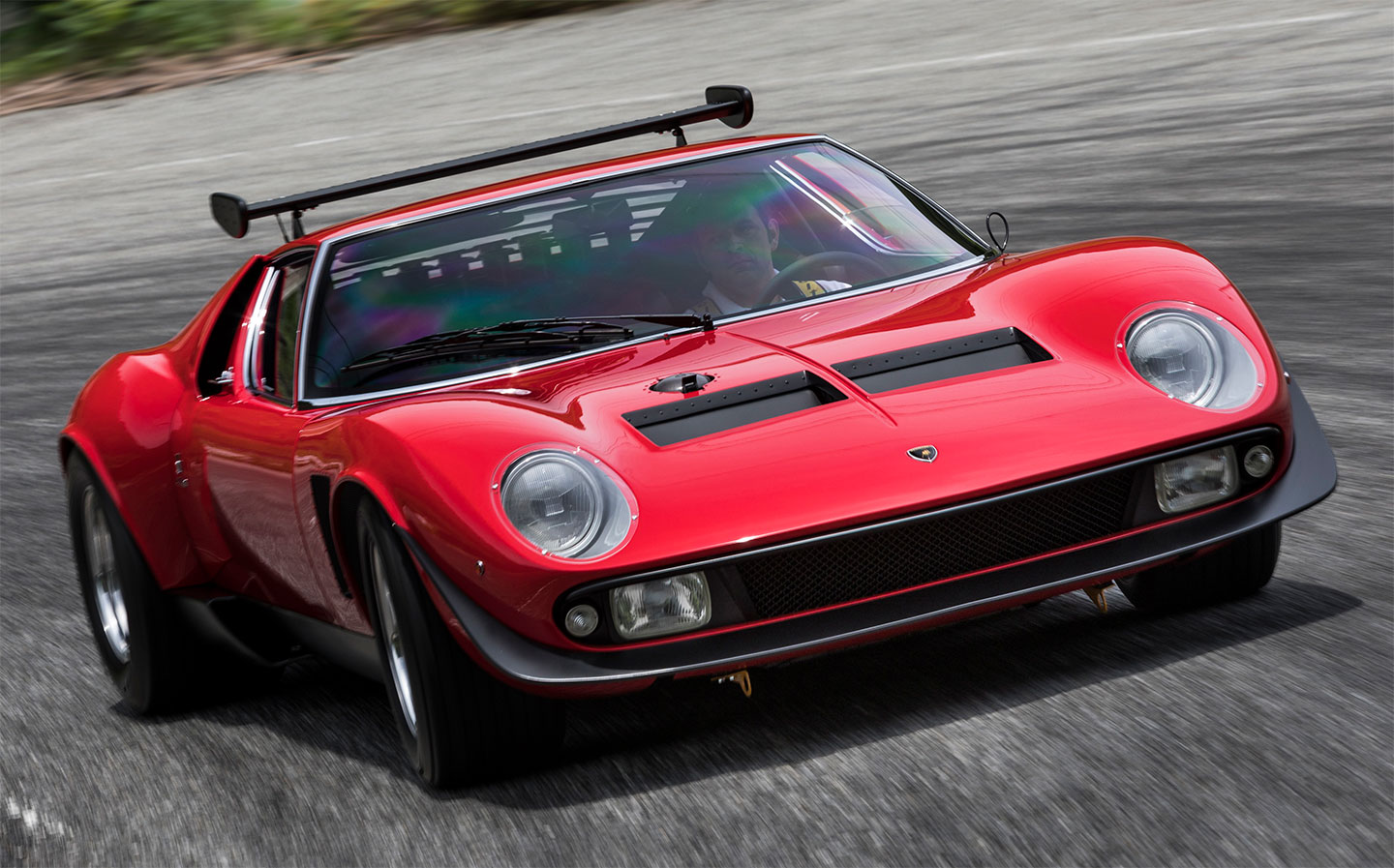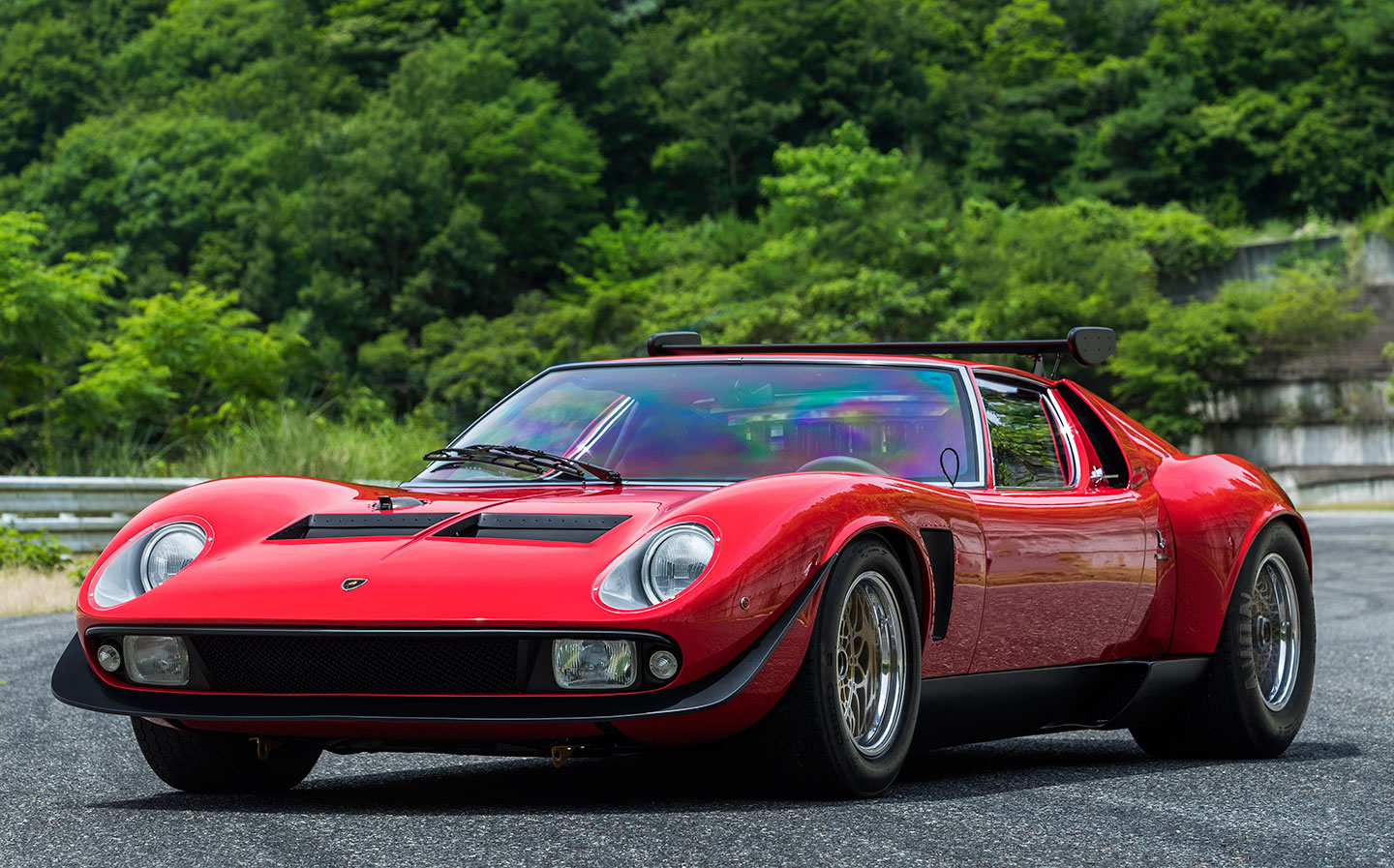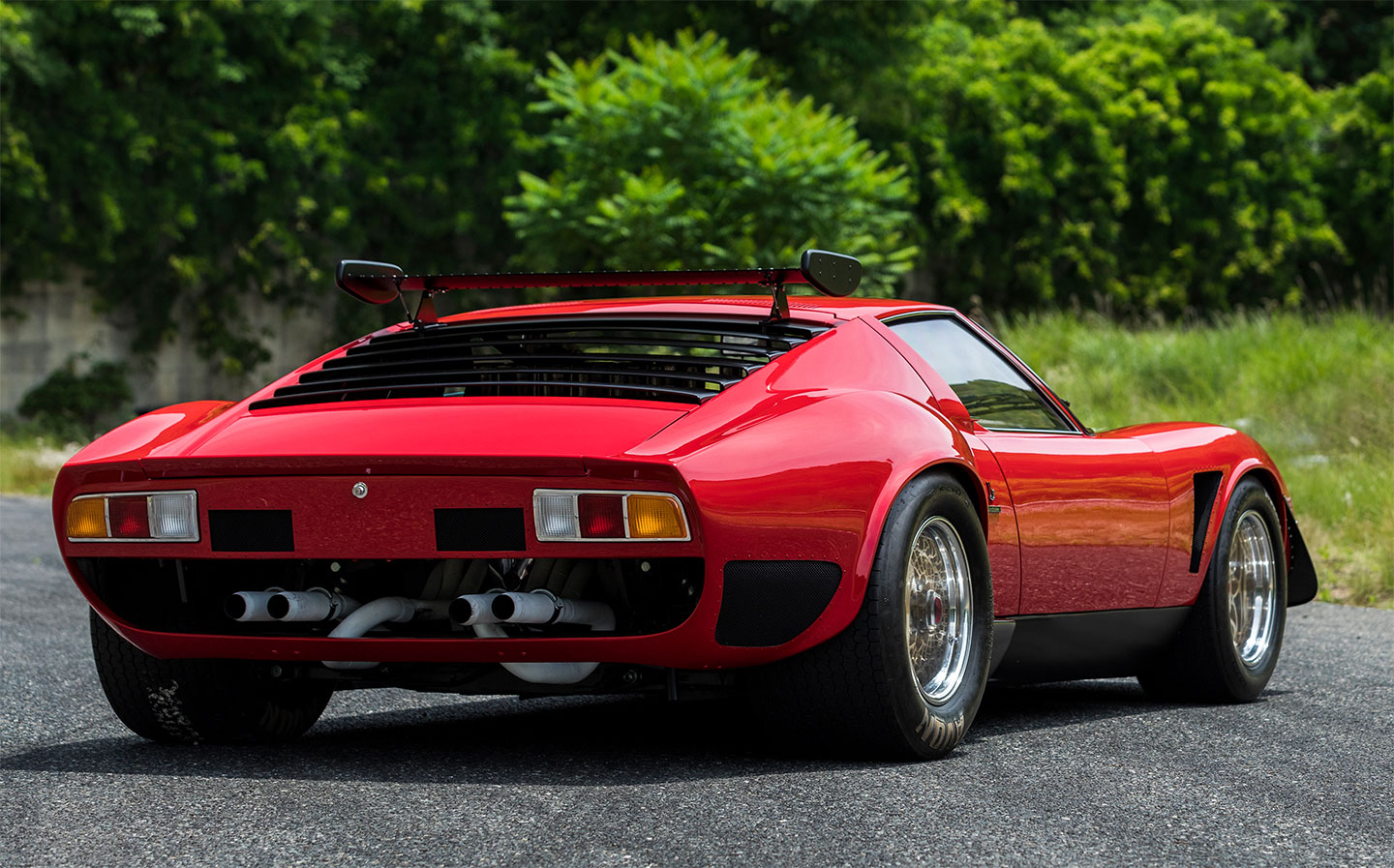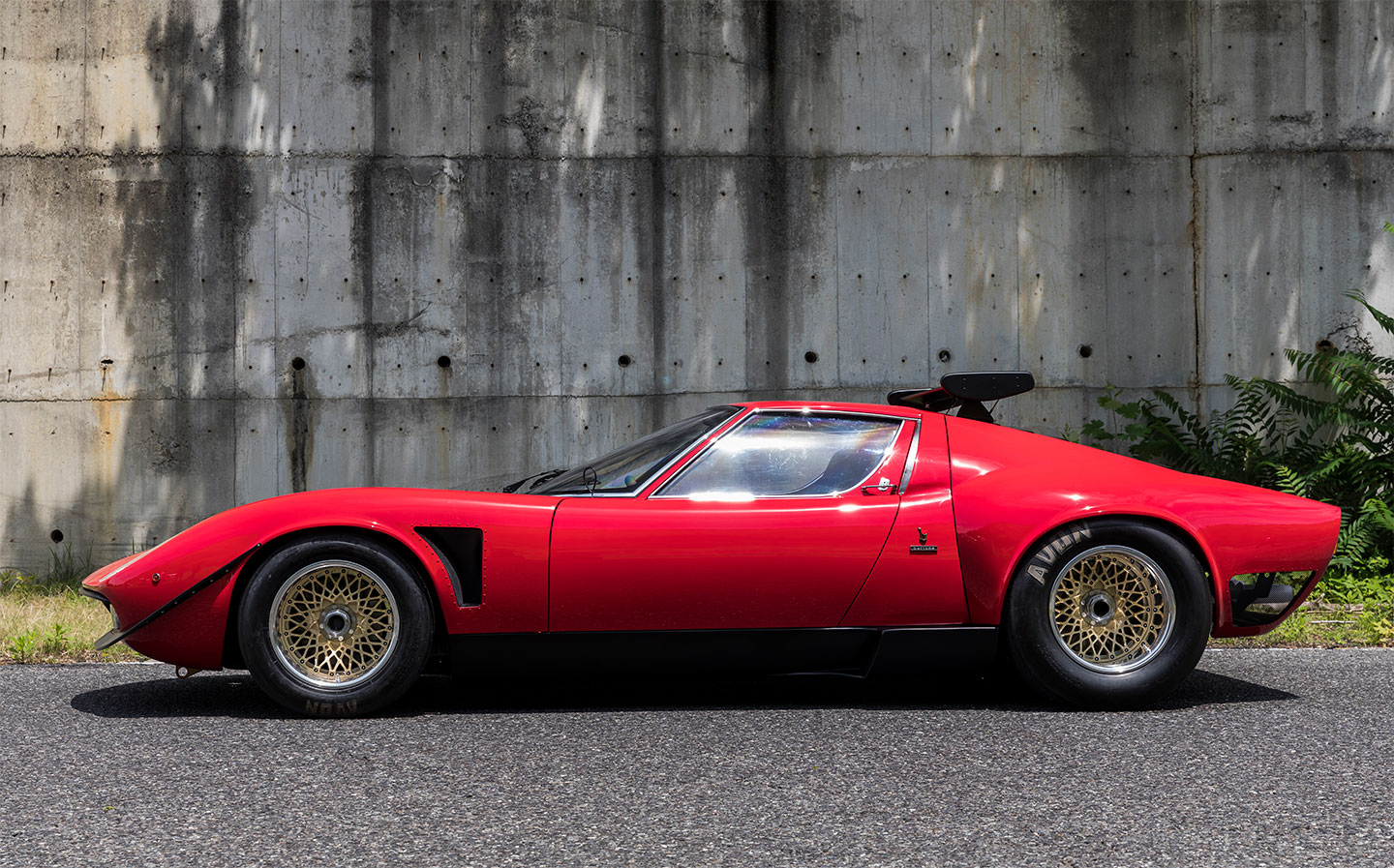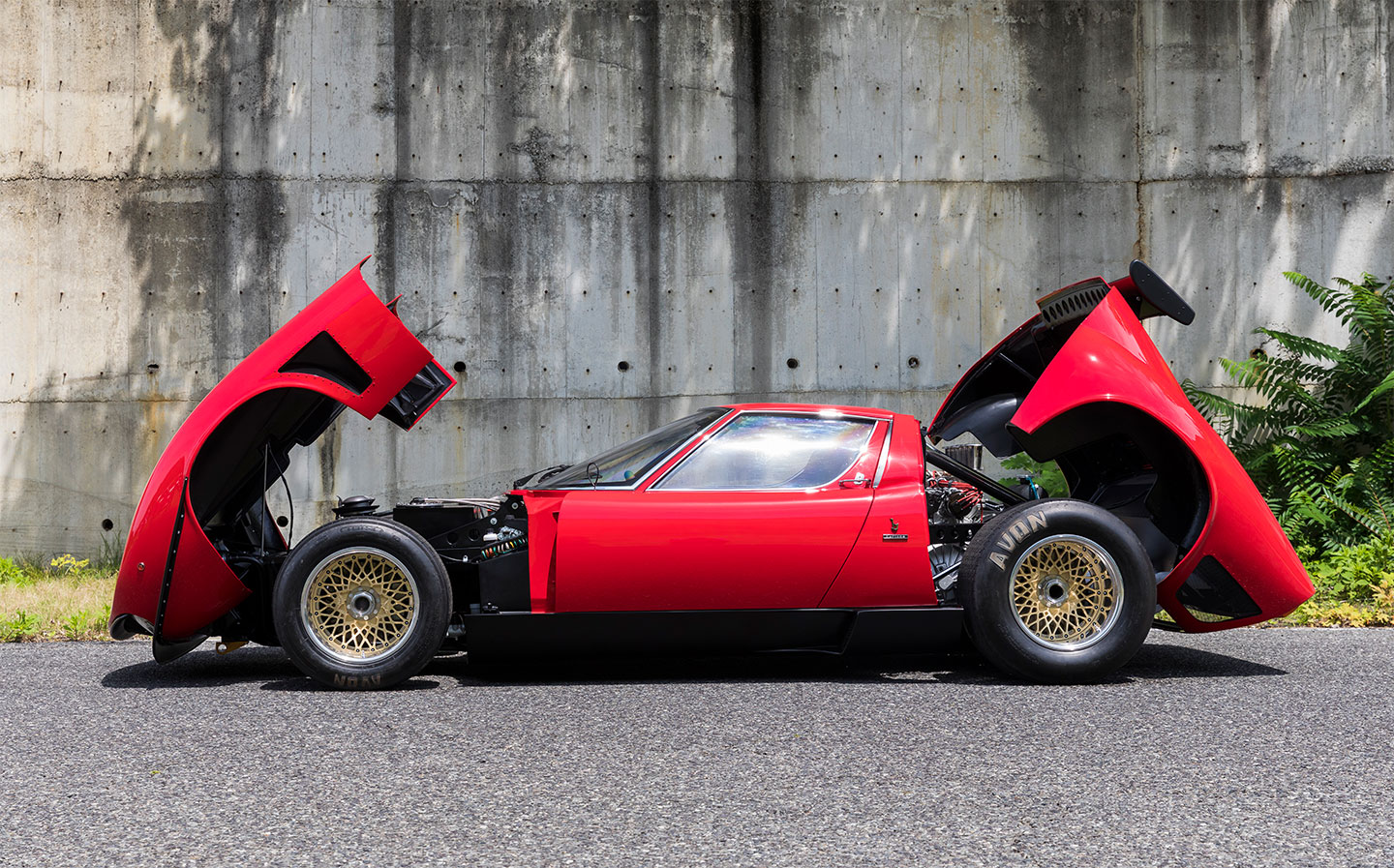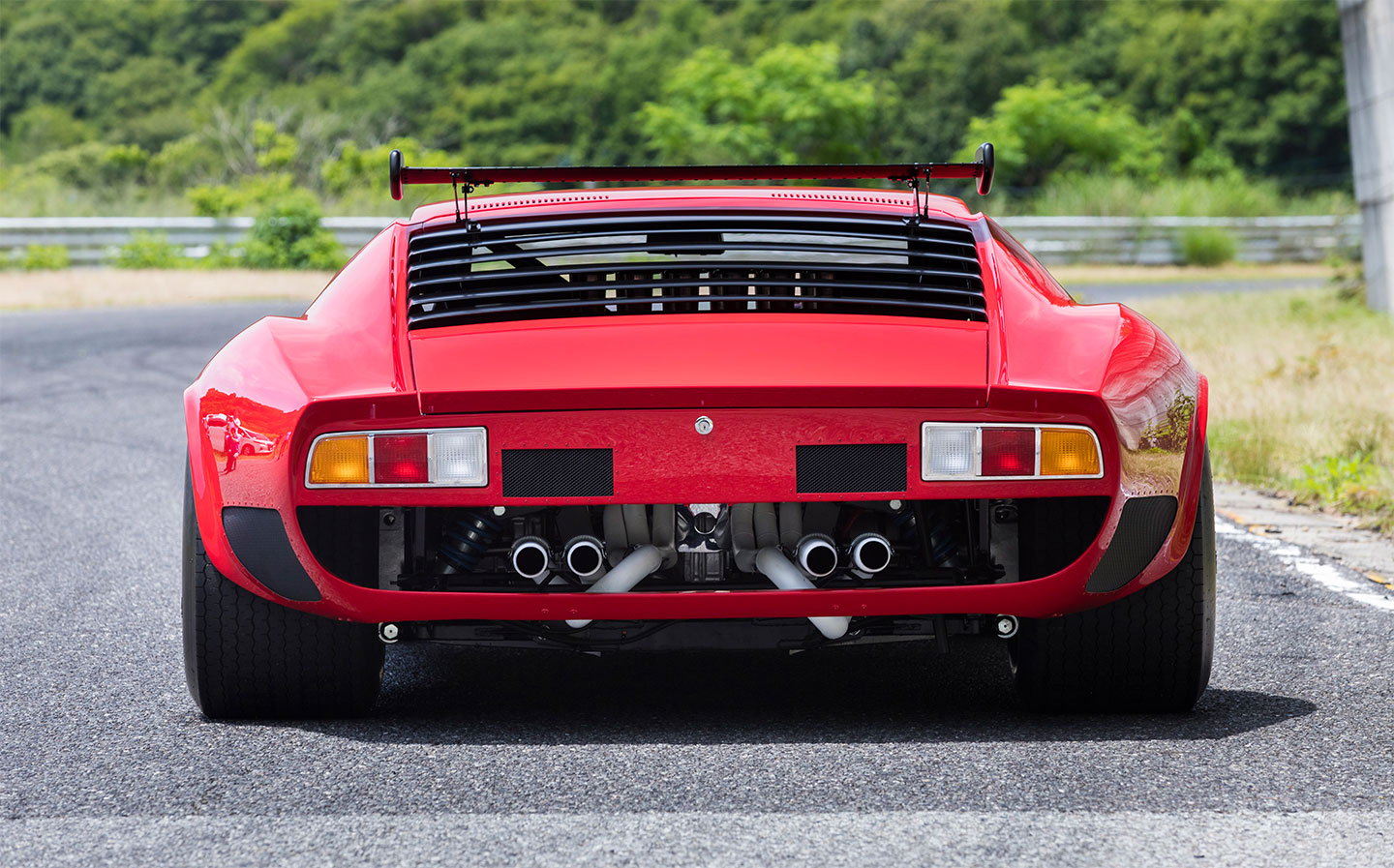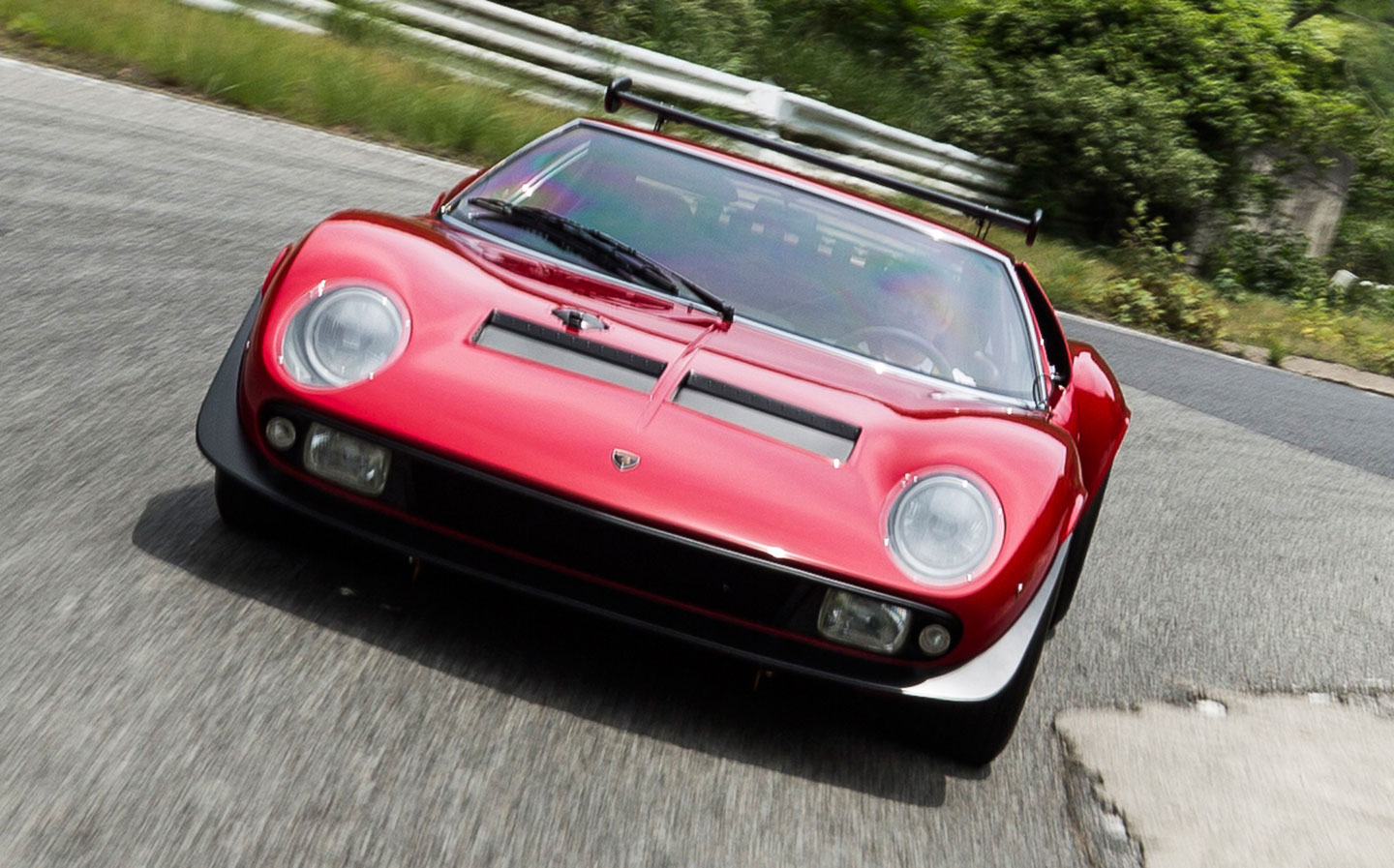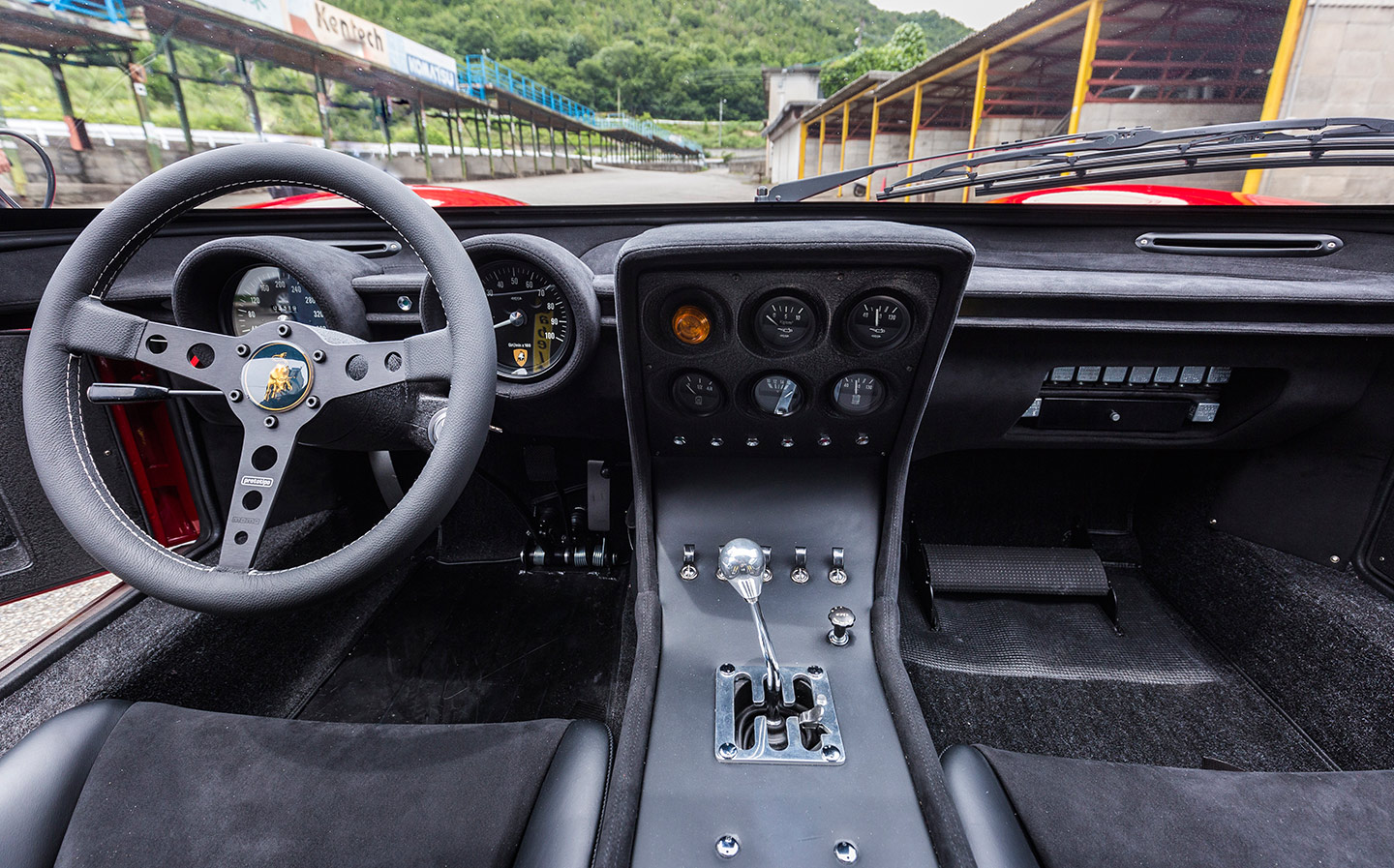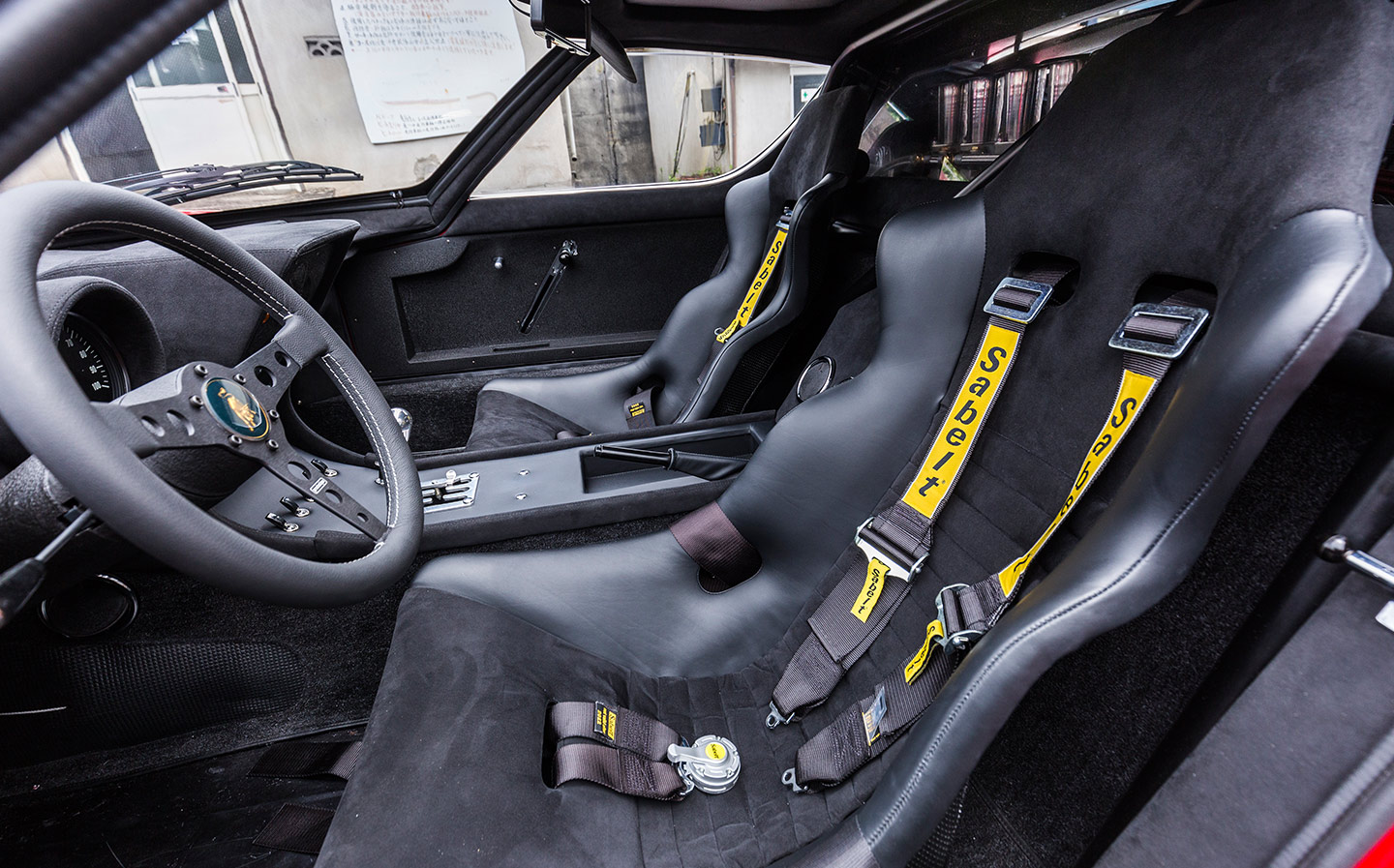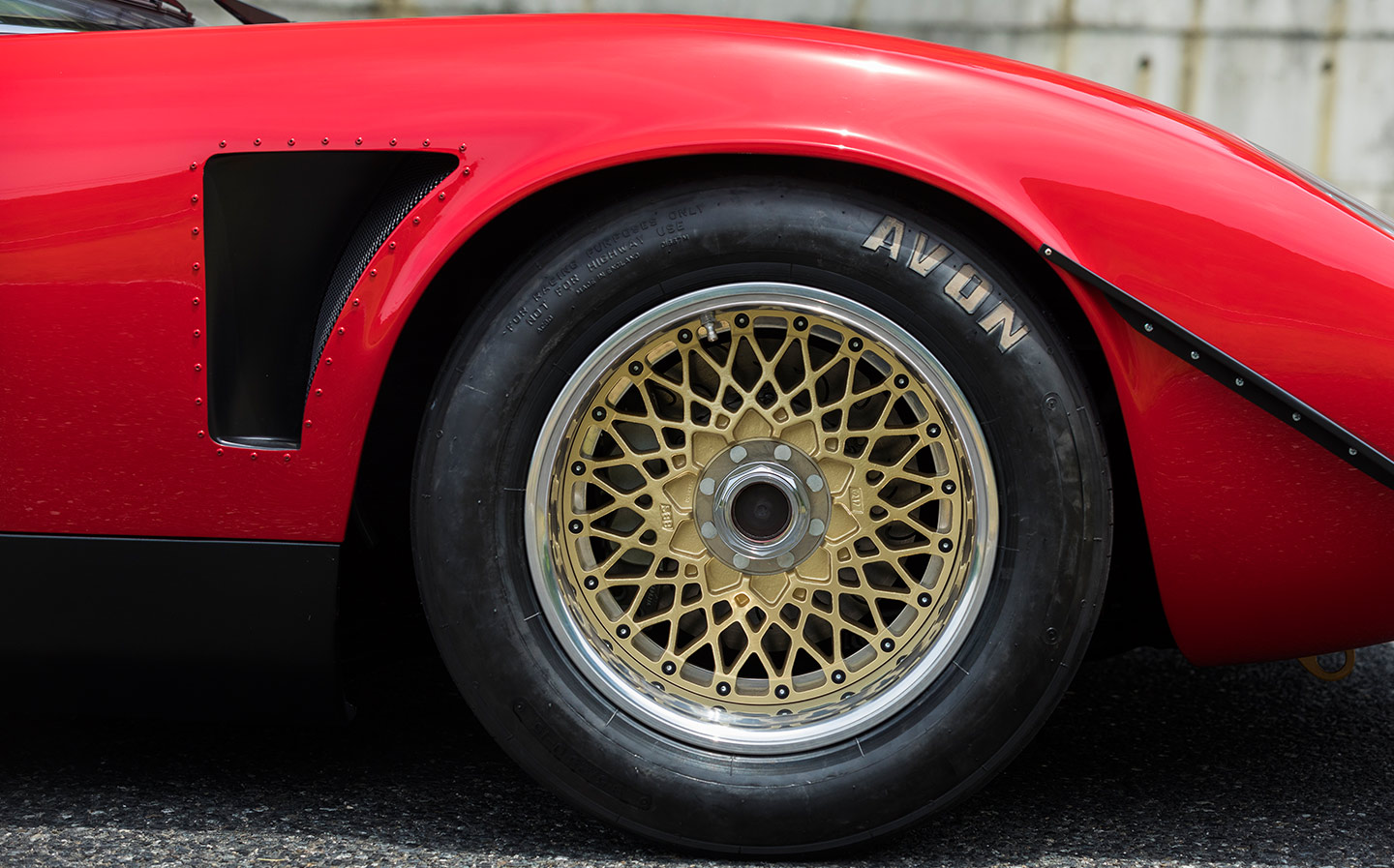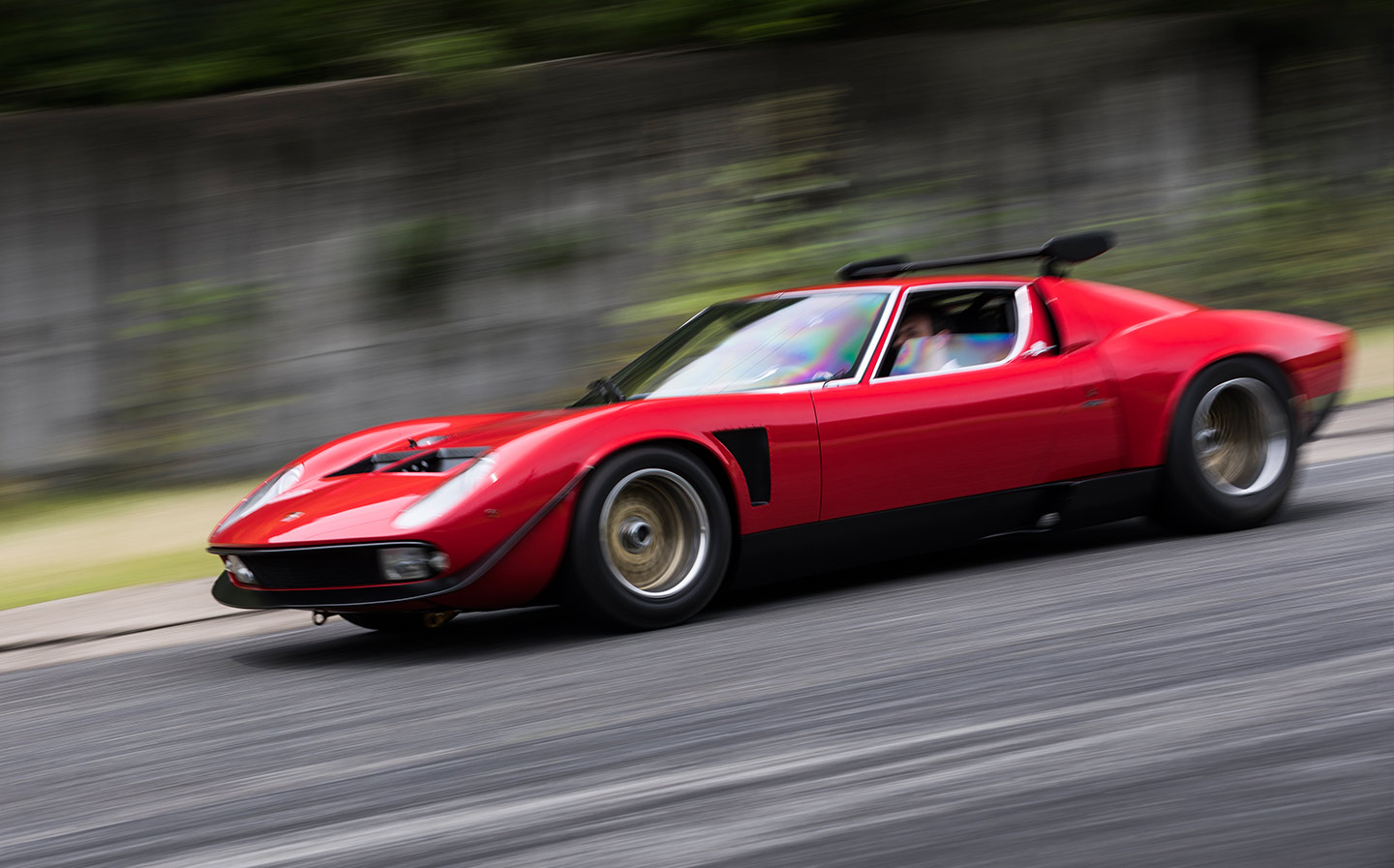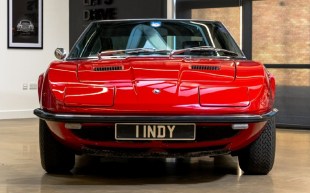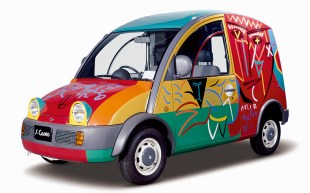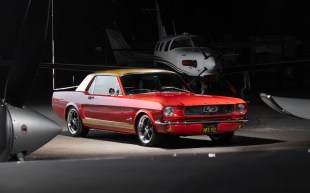There are Lamborghini Miuras, then there's this one-of-a-kind Miura SVR
Took 19 months to restore, but it was definitely worth it
AS SUPERCARS go, the Lamborghini Miura — credited as the first car ever to earn the label — is one of the most coveted models ever made; in 2014 a 1971 Miura SV sold at auction for over $2m (£1.5m). But of all the Miuras, there is one version that stands out from the crowd: the one-off Miura SVR.
One of the most hardcore Miuras ever made, the Lamborghini Miura SVR road car was a more extreme version of the Miura Jota, which itself was a high performance derivative. Just five Jotas were built for customers, and only one SVR was developed, in 1974, for owner Heinz Straber.
The car — chassis number #3781 — started life as a Lamborghini Miura S in 1968 finished in in trademark Verde Miura green paint, but after Straber bought it, six years (and eight owners) later, he returned it to the Lamborghini factory for the bespoke SVR conversion.
Browse NEW or USED cars for sale
Two years later, the Lamborghini Miura SVR changed hands again and was exported by its new owner into Japan, where it quickly attracted attention — in particular from the companies Shueisha and Kyosho, which respectively produced an anime series called “Circuit Wolf” and a die-cast model range based on the car.
The restoration proved to be one of the toughest Lamborghini’s Polo Storico division has ever undertaken, says the company. The SVR had been shipped back to Italy in pieces, with many of the parts having been extensively altered and modified while in Japan.
Considering how different the unique Lamborghini is to a ‘conventional’ Miura, Lamborghini also couldn’t glean much from the original car’s production sheet for the build. Instead, the Polo Storico team only had the 1974 SVR conversion specifications as a guide.
Though the car will return to Japan for the foreseeable future, there’s a good chance it will make more regular appearances in public — Lamborghini confirmed new additions to the car, by order of the client, including four-point safety harnesses and a removable roll bar, deigned to ” improve safety during the car’s racetrack exhibitions”.


